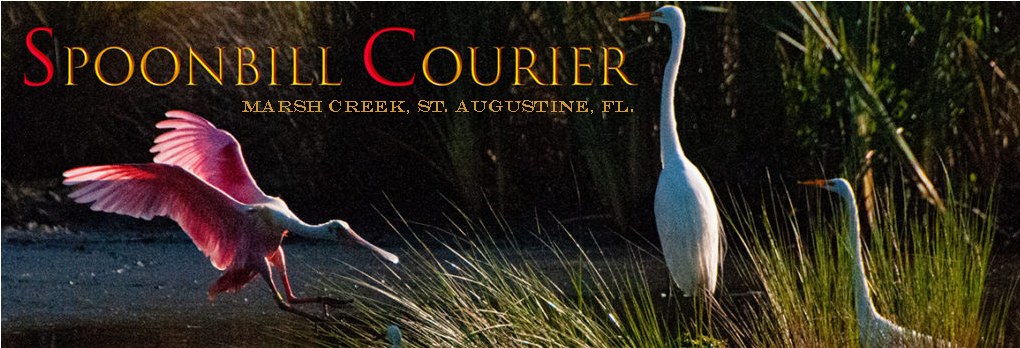
By Louise Nelson (lzn@mindspring.com)
Since we’re starting off a new year, we thought it timely to remind everyone in our neighborhood to consider joining Spoonbill Neighbors. It is a group dedicated to community fun, charitable works, and learning. And it’s FREE and open to all.
Happy New Year Marsh Creek!
Already this month there has been a Happy Hour / Southern New Year’s Day celebration of black-eyed peas and collards and ham and chili and stuff (see below and the photos). (MKPeed@aol.com).
Sue Whittle’s Walking Group had its first hike (sue@whittle.com).
The new ladies-only Spoonbill Investment Club (dpjones02@gmail.com) has convened to plot their path to riches.
And that’s in the first 12 days.
Coming up: GOGO Girls Bowling Tournament, the Book Club, Stitch & Bitch, Wine Lovers, Dining Out.
Closing out January will be Mexican Train.
Again, Marsh Creek is a great place to live with all these Spoonbill Neighbors Activities available to all who live here and it’s free!
If you’d like to join, please contact Lorri and Jana at spoonbillneighbors@yahoo.com.
Some recent pictures from two Spoonbill Neighbors’ events …








Why Southerners eat Black Eyed Peas on New Year’s Day?
The story of the Southern tradition of eating black-eyed peas as the first meal on New Year’s Day is generally believed to date back to the winter of 1864 – 1865. When Union General William T. Sherman led his invading troops on their destructive march through Georgia, the fields of black-eyed peas were largely left untouched because they were deemed fit only for animals.
The Union foragers took everything, plundered the land, and left what they could not take, burning or in shambles.
But two things did remain, the lowly peas and good Ol’ Southern salted pork. As a result, the humble yet nourishing black-eyed peas saved surviving Southerners – mainly women, children, elderly and the disabled veterans of the Confederate army – from mass starvation and were thereafter regarded as a symbol of good luck.
Peas are said to represent good fortune. Certainly, the starving Southern families and soldiers were fortunate to have those meager supplies.
According to the tradition and folklore, the peas are served with several other dishes that symbolize good fortune, health, wealth, and prosperity in the coming year.
Some folks still traditionally cook the black-eyed peas with a silver dime in the pot as a symbol of good fortune.
Greens represent wealth and paper money. Any greens will do, but in the South the most popular are collards, mustard greens, turnip greens, and cabbage.
Cornbread – a regular staple among Southerners in the absence of wheat – symbolizes gold and is very good for soaking up the juice from the greens on the plate.
You should always have some cornbread on hand in your kitchen anyway. Good for dinner and in the morning with syrup.
Pork symbolizes bountiful prosperity, and then progressing into the year ahead. Ham and hog jowls are typical with the New Year meal, though sometimes bacon will be used, too. Pigs root forward, so it’s the symbolic moving forward for the New Year.
Tomatoes are often eaten with this meal as well. They represent health and wealth.
So, reflect on those stories when you sit down at your family table and enjoy this humble, uniquely Southern meal every New Year’s Day. Be thankful for what this year did give you despite the bad, and hope and pray for better days that are coming ahead for you.
This was what your Southern Kinfolk did and reflected upon every year.
We wanted to share these traditions with our friends not from the South.
Happy New Year!




